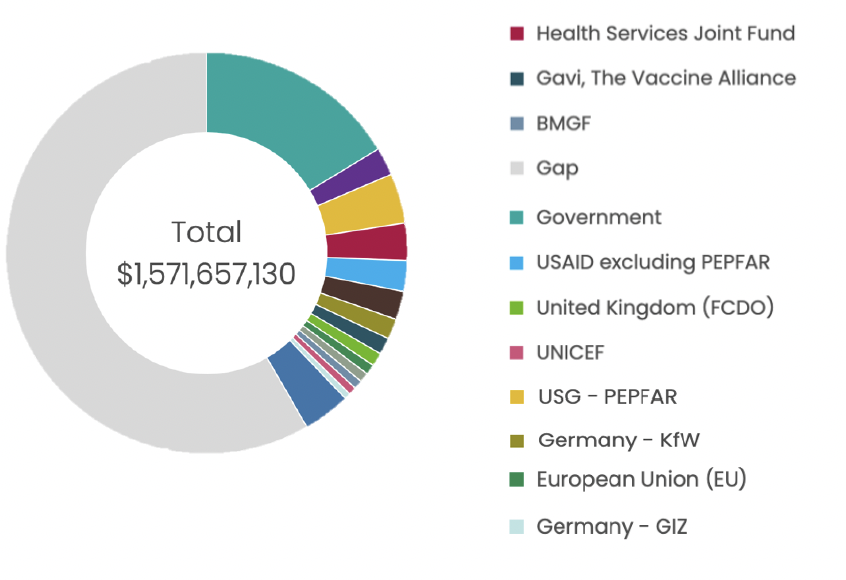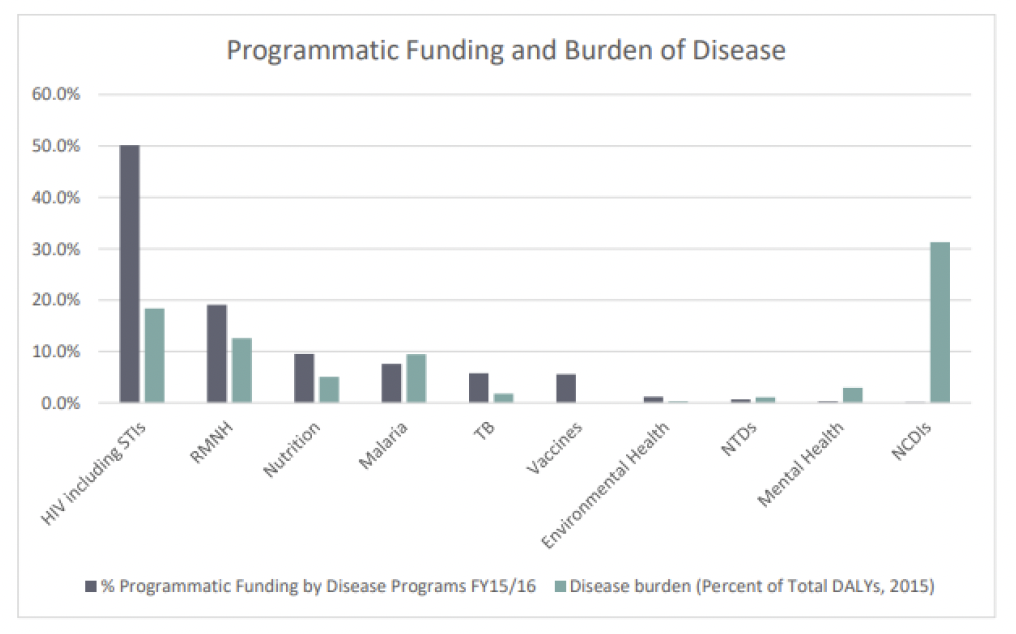International Development Fund: non-communicable disease programme
This report responds to a commission by the Scottish Government to design a new international development health programme providing support to the governments of Malawi, Rwanda and Zambia with a focus on non-communicable diseases (NCDs).
Appendix 2: Country snapshots – Malawi
Economic-political situation
Malawi is one of the poorest countries in the world. With an economy dependent on agriculture and a predominantly rural population 73.5% of the population live on less than US$2.15 per day.[102] It is currently in a macroeconomic crisis, following multiple shocks including storms, droughts, and COVID-19. Politically it is generally stable, with a five-year election cycle. The current government has been in power since 2019.
2020 |
2035 |
2050 |
|
|---|---|---|---|
Population (million) |
19.4 |
28.0 |
37.3 |
Median age |
18.1 |
21.2 |
24.4 |
Financial management
Following the 2013 Cashgate scandal external donor support external partner development support is now channelled via multilaterals or the third sector. Funding is used to support the delivery of national health plans as set out in the Health Sector Strategic Plan which has just been revised. The preferred route for external development partner support is the Health Services Joint Fund.
Health funding
In 2021, Malawi spent 10% of its budget on health, 2.9% of GDP.[104] This equates to $30.4 per capita in 2019, down from a peak of $38.4 in 2017. In 2020/2021 23% of total health expenditure came from domestic sources, an increase from 15.8% in 2012. The remainder is through development assistance for health. Insurance schemes don’t cover chronic care so OOP payments are high.[105]
2010 |
2017-20 |
|
|---|---|---|
Rural population |
84% |
83% |
Birth rate |
5.3 |
4.1 |
Population living under national poverty line |
50.7% |
50.7% |
Population living under international poverty line |
68.4% |
73.5% |
GDP per capita |
$476 |
$642 |
<5 mortality per 1,000 live births |
84 |
38.6 |
MMR[107] per 100,000 live births |
444 |
34 |
Life expectancy |
56 |
65 |


Source: Republic of Malawi (2017) National Action Plan for the Prevention and Management of Non-Communicable Diseases in Malawi, 2017-2022.
Risk factor |
Male |
Female |
|---|---|---|
% smokers |
21.7 |
1.5 |
% drink alcohol |
32.8 |
2.8 |
% overweight |
9.4 |
27.8 |
Mean salt intake |
10.4g (2 times WHO recommendation) |
|
Contact
Email: socialresearch@gov.scot
There is a problem
Thanks for your feedback